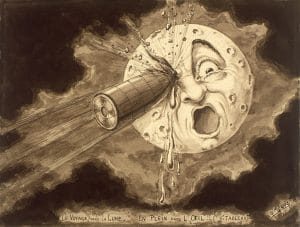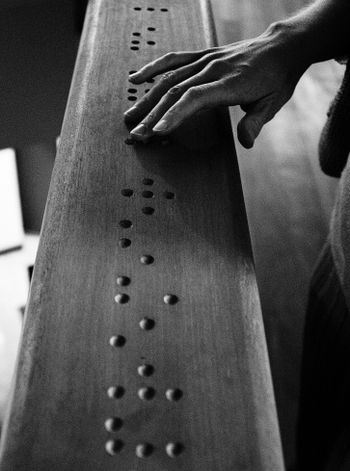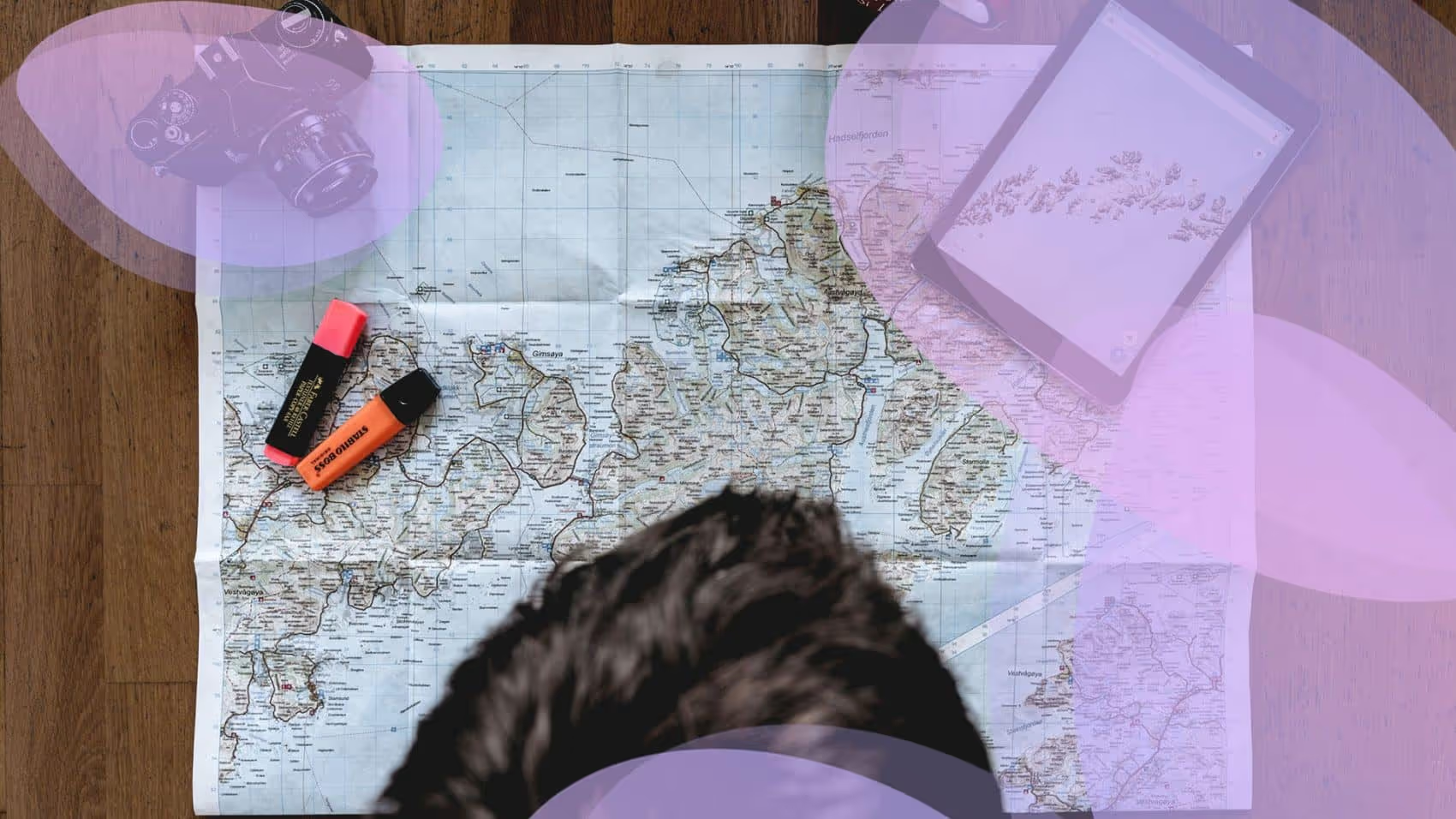
4 Inventions We Can Thank France For
France is often celebrated for its art, wine, and baguettes, but beneath the romantic clichés lies an unshakable truth: this country has quietly engineered tectonic shifts in how we live, think, and see the world. From the silver screens we flock to, to the language of touch that gives blind individuals a voice, French ingenuity has endured beyond its unsung creators. What’s surprising isn’t just the innovations, but how deeply they’ve infiltrated our everyday lives without us even knowing.
France has also historically been the powerhouse behind several inventions and innovations that have revolutionized the world. The following four innovations are a small extract from the history of French innovation.
Cinema
Unsurprisingly, France was home to the first patented film camera as well as the first sequence of moving film, both of which was created by the motion picture pioneer Louis Le Prince. Le Prince was the man behind the clips “Roundhay Garden Scene” and “Traffic Crossing Leeds Bridge“, both of which gives the viewer an unprecedented, albeit short look into late 19th-century life.
Closely followed by these two truly revolutionary pieces of art was the 1902 film “Le Voyage Dans la Lune“, directed by Georges Melies, which broke ground both as the first film to use several types of special effects as well as the first science fiction film. A scene from the film where the moon gets a space capsule stuck in its eye is now considered one of the most iconic images from all of cinema history. Despite the cult-status “Le Voyage Dans la Lune” now enjoys, it fell into obscurity around Melies’s retirement, Luckily it was rediscovered in the 1930’s, with cinema legends such as Edwin S. Porter and D. W. Griffith acknowledging the film’s importance.

It is safe to say that the drive behind Le Prince and Melies not only created entertainment as we know it but together they pioneered moving images as an art form, something that many French men and women after them refined.
Blood Transfusions

The history of blood transfusions is messy, and unfortunately often deadly. Often described as the first successful and documented case of blood transfusion involving a human was performed by Dr. Jean-Baptiste Denis, doctor to King Louis XIV. His patient was a 15-year old boy suffering from fever and lethargy. Using blood from a sheep, the patient was given several ounces and quickly recovered. After this success, Dr. Denis attempted other transfusions, most of them a similar success, until at patient died. This unfortunate death lead Dr. Denis to be charged with murder. While he was exonerated, the trail and death resulted in his resignation from medicine and the outlawing of blood transfusions from 1670 until 1902, when the four blood groups were discovered.
While the transfusions performed by Denis lead to death and the banning of the procedure, it still showed what was possible, and lit the spark for physicians and scientists after him to build upon his innovative ideas. The transfusion, which took place on June 15, 1667, was a step towards the now medically safe and common act of transfusing blood, and that step was taken by a French doctor, a sheep, and a teenager.
Camembert

There is nothing as French as cheese, with some estimating as many as 1000 different types of French cheeses. The specific cheese that this article would like to highlight is Camembert, which originates from Camembert, Normandy. The first Camembert was allegedly made by farmer Marie Harel in 1791, based on advice from a Brie priest.
While born in 1791, the Camembert first became truly intertwined with French culture during World War I, when farmers donated a day’s worth of Camembert production once a week to the troops. While an AOC certified Camembert de Normandie cheese has to be made with unpasteurized milk, many modern Camembert’s are made with pasteurized milk, a change that is still a controversial move among cheese lovers.
Braille
The braille system, still in use and virtually unchanged since 1824, was created by French educator Louis Braille, who sadly lost the use of his eyes early in his childhood. During his education at Institut National des Jeunes Aveugles (Royal Institution for Blind Youth), he started to develop braille as a way to allow blind people to quickly write and read. The main drive behind Braille’s invention was a wish for equality; “We the blind must be treated as equals and communication is the way this can be brought about.”
Despite resistance from fellow educators and the Royal Institute for Blind Youth, the Institute implemented the braille system two years after his death. Today Braille is a common aspect of modern life, helping mend the divide between blind and seeing people.

Most of the men and women mentioned in this article are not considered household names. Despite this, all of us have gained from the fruits of their labor, either by enjoying trips to the cinema, having our health bettered by blood transfusions, eating delicious cheese or by being given an opportunity to communicate with the world around us. In all four examples, true respect and appreciation only came several years or centuries after the innovators had died. The main lesson to learn from this is that just because we cannot see the true effect of our labor, it does not mean that we cannot change history and better the future.
We recently wrote about two big neighbors, USA and Canada. So if you like this article, make sure to check what we have on Innovations born in the USA and Awesome innovations born in Canada.
Next up to Read:
Bring Your Big Ideas to Life with Ideanote



